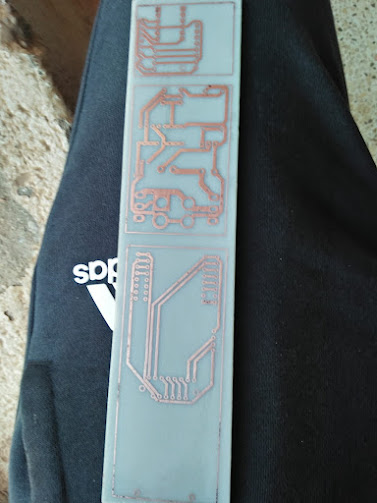FPGA: An Important Hardware Accelerator
Hardware acceleration is the use of
computer hardware designed to perform specific functions more efficiently when
compared to software running on a general-purpose central processing unit. The
idea is that any task is computable faster by improving the hardware rather
than the software.
FPGA (field-programmable gate array)
and ASICs (application-specific integrated circuits) are the most known
hardware accelerators. ASICs are integrated circuits made for specific use.
Once manufactured in the industry, ASICs are not reconfigurable. In contrast,
the customer to suit a given application can configure FPGAs. The configuration
is stored in the SRAM, which has no write limit.
The performance offered by the FPGAs
can outweigh the general-purpose central processing unit in some applications.
They support several parallel computations applications and implemented in
single clock execution time. Deep learning frameworks are still in their early
stages making it hard to design custom hardware. This is where the ability to
reconfigure the hardware comes into play to improve the AI field.
Most hardware is incapable of
keeping up with converting and trans-coding real-time video. Finding one that
can do the task means a high price in terms of cost and latency. FPGAs provides
a cheaper alternative for video processing.
These integrated circuits can be programmed in two modes: master mode and slave mode. Master mode is where the FPGA reads configuration data from the external source such as the external flash memory chip. Slave mode is where an external master device such as a processor configures the FPGA. The programming involves a design abstraction that models a synchronous digital circuit in terms of the flow of digital signals between hardware registers and the logical operations on those signals. There are two prominent languages for programming the IC, VHDL and Verilog.
The
top view of a Zinq7 board (MYS-XC7Z010) with Dual-core ARM Cortex-A9 Processor
with Xilinx 7-series FPGA logic
Here at the Nakuja project, we are
working on enhancing real-time video transmission from the rocket flight. We
have been working with Xilinx Zinq7 boards and we intend to use them for the
coming rocket design. The merits offered by the boards will help us avoid
costly hardware for video processing but assure us of obtaining the better
results.
.png)
.png)



Comments
Post a Comment